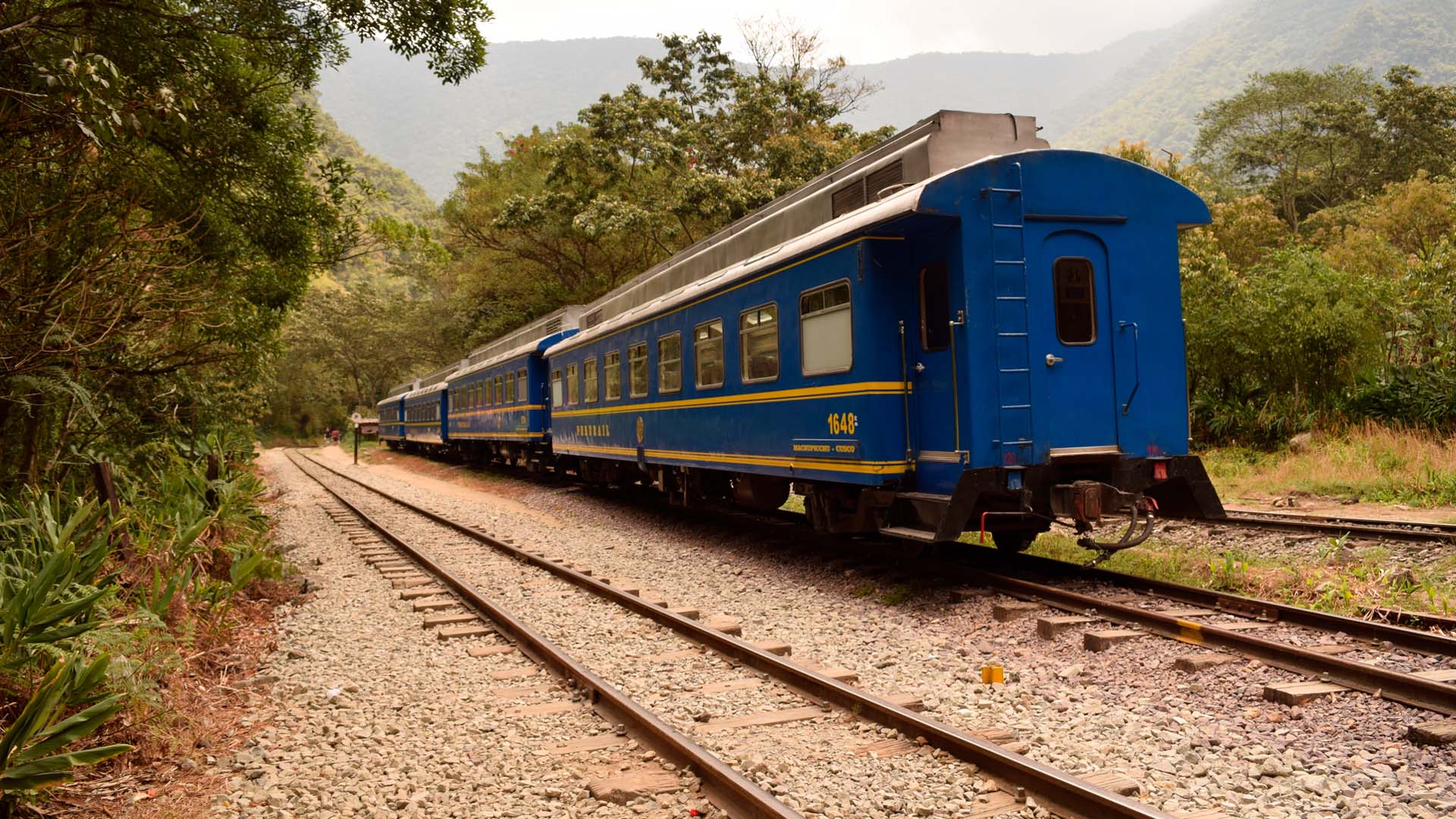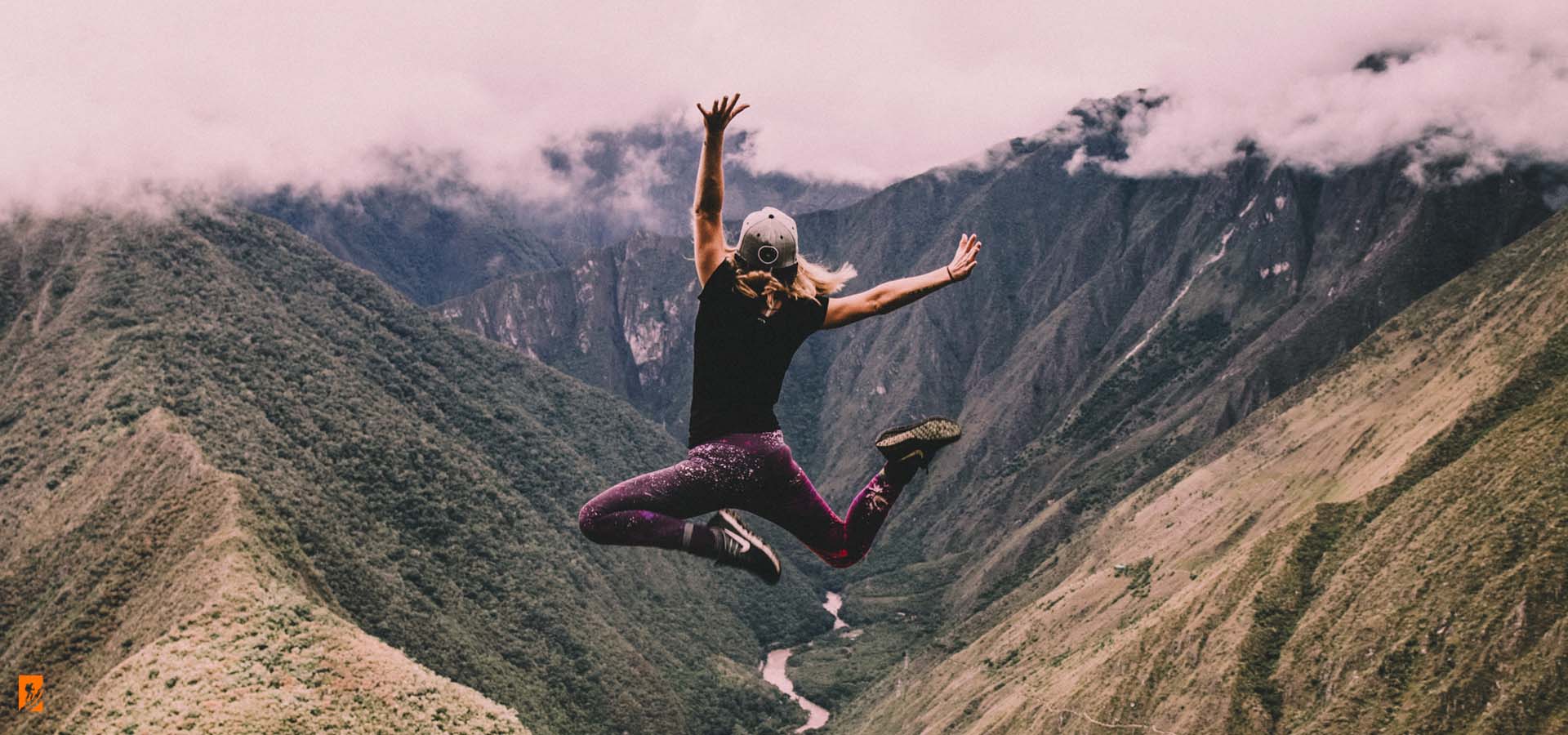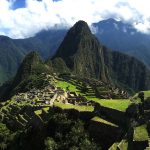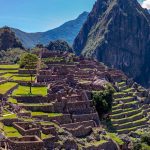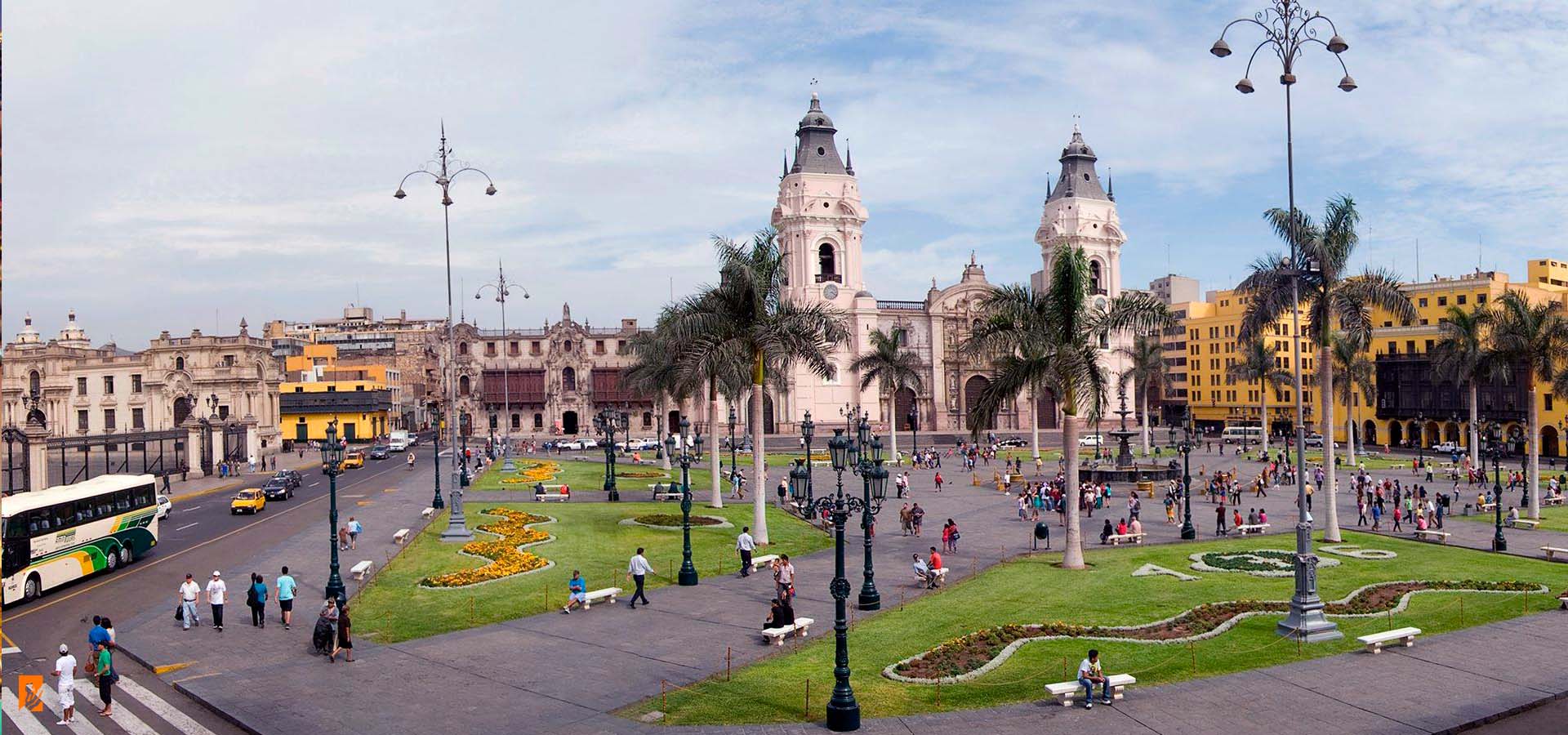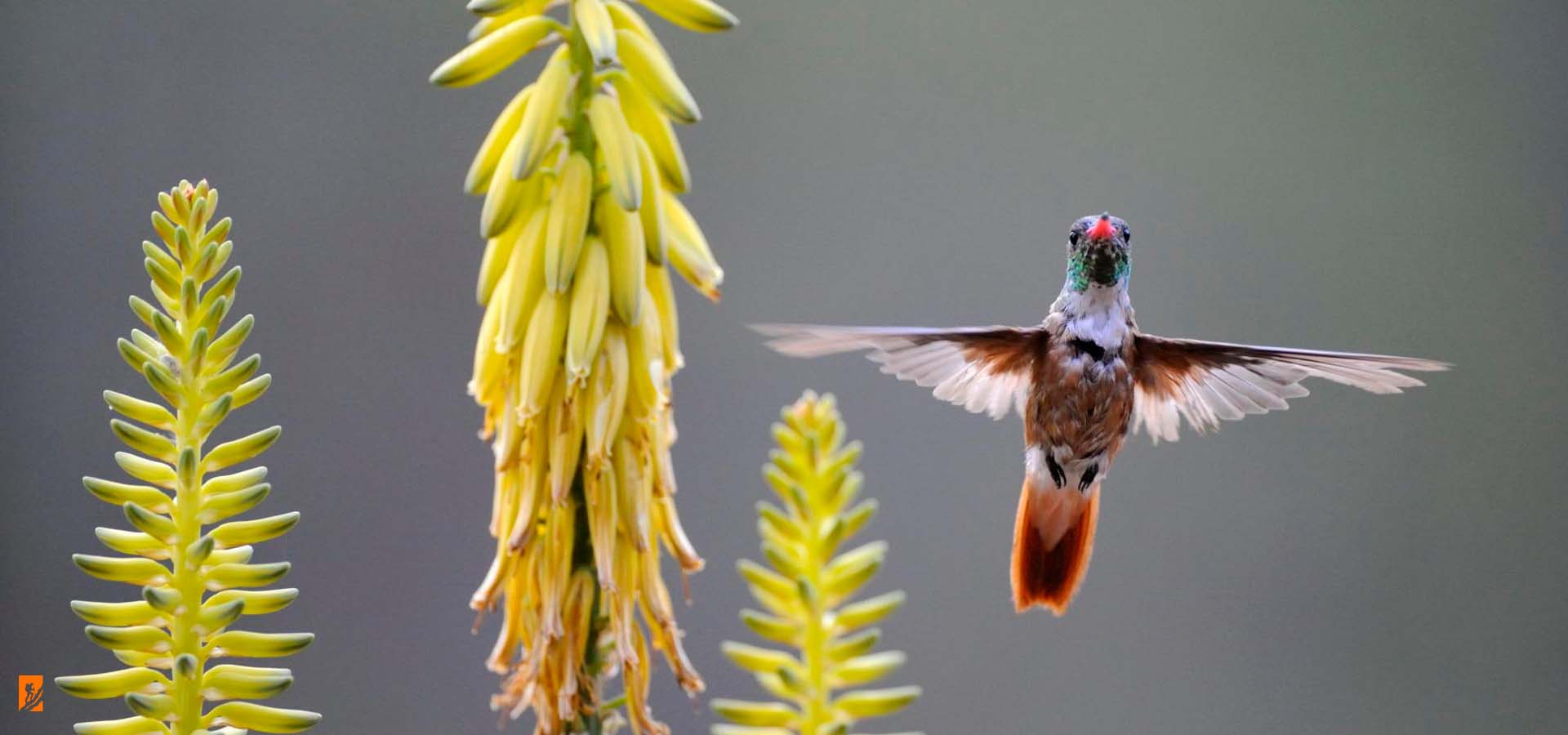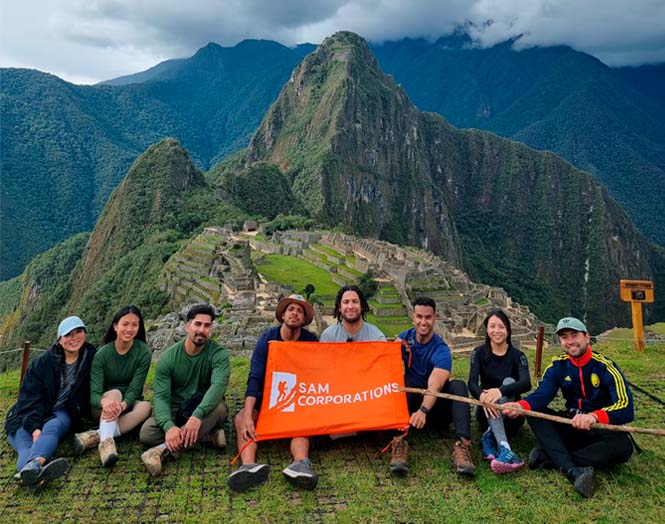Hiking the Inca Trail in the Rainy Season (November to March)
Written by Sam Corporations
February 8, 2023
It is possible to hike the Inca Trail in the rainy season, some feel that it is better as there are less crowds and it is easier to get permits. But having said that it will rain and you may get wet, so here are some tip and suggestions for doing the Inca Trail in the wet season.
WHEN IS THE RAINY SEASON ON THE INCA TRAIL?
The rainy season on the Inca Trail typically begins in mid-November and ends in mid-March. January has the most precipitation, see anywhere from 120 – 160-mm of rainfall per month.
It’s important to note, however, that places located at high elevations have unpredictable weather. It’s best to be prepared for any conditions, in any season, since the weather can change at any time.
HIKING THE INCA TRAIL IN RAINY SEASON
The Inca Trail to Machu Picchu is an strenuous 4 day, 43 kilometre undertaking. Hiking the Inca Trail in rainy season involves some extra precautions, like taking wet weather gear. You will also have to deal with slippery rocks, winds and sometimes even washed out trails.
Of course, with just 500 people (including porters), allowed on the 4 day Inca Trail to Machu Picchu each day, hiking dates fill up fast. The dry season months of May to August, fill up the fastest.
TIP: You can still visit Machu Picchu in February! The Classic Inca Trail does close for the month, but Machu Picchu remains open to visitors. It’s advisable to guarantee your entrance to Machu Picchu by purchasing tickets or a day tour from Cusco in advance.
HIKING THE INCA TRAIL – SOME TIPS FOR SUCCESS
Hiking the Inca Trail to Machu Picchu takes a huge investment of time, money, and effort. It’s something you’ll want to prepare for properly, not only so you can complete it as painlessly as possible, but also so you can enjoy the experience along the way. After all, this is likely a once-in-a-lifetime event you’ll never forget!
ALWAYS IS BETTER TO BOOK WITH A REPUTABLE LOCAL PERUVIAN COMPANY
Hiking the Inca Trail with a local company is a great way to give back to the country and ensure that you have a great trek. It would be a disaster having tents that leak and sleeping bags that are not warm enough at night or food that is not nutritious and satisfying? It is important to book with reputable local company.
The big international travel companies sell Inca Trail hikes, but the reality is that ONLY local Peruvian companies are authorized by the government to run Inca Trails. So even if you book with a well-known international travel company, you’ll still end up hiking the Inca Trail with a local company. They’ll just be wearing uniforms that say otherwise, and you’ll be probably pay a bit more for the exact same service.
See some of the best direct local tour operators!
BE AWARE OF PORTER WELFARE WHEN CHOOSING A COMPANY
SAM Corporations has guranteed trek departures, no matter the number of people in the group. They also promise never to combine groups with another tour company.
We employ about 90 porters from local communities. They all are farmers by trade and are native Quechua speakers. They are mainly from the villages of Huacawasi, Calca and Patacancha. We refer to our super porters as the” Orange Machines”. This is because they work hard during the treks by carrying duffel bags, camping gear, and more! It is important to us that we employ porters from local villages because we are supporting them to become self-efficient and helping communities grow their economy to better their quality of lives.
We provide the following items to our porters and cooks for free: working insurance, jacket, sun hat, warm hat, t-shirt, pants, hiking boots, comfortable duffle bags, canteen, girdle for protecting their spine, sleeping bags, mattress.
TAKE TIME TO ACCLIMATIZE TO THE HIGH ALTITUDE
Hiking the Classic Inca Trail to Machu Picchu can be done by almost anyone successfully.
Unless you’ve got terrible knees or some kind of extreme breathing difficulty like asthma, it’s possible and very manageable to finish. If your will is strong enough, it’s possible even with those hardships.
On the Inca Trail you will see people of all shapes, sizes and ages tackling the trek, and yes, they all will make it. Every tour company will recommend that you spend at least a two or three days for acclimatizing to the altitude. Among other things, altitude sickness is something we really want to avoid.
MANAGE YOUR EXPECTATIONS
The best thing you can do to successfully hike the Inca Trail in the rainy season, is manage your expectations. Accept that you might get wet for part of the 4 days and prepare accordingly. Recognize that there is a possibility you won’t get the classic view of Machu Picchu at the end of your trek, and don’t be disappointed if it turns out that way.
ESSENTIAL INFO AND FAQS
- Is hiking the Inca Trail worth it? Hiking the Inca Trail to Machu Picchu is a once in a lifetime experience, that you’ll never forget. The hike itself is stunningly beautiful, and it’s end point – Machu Picchu – made all the more magical by the effort it took to reach it.
- Can you hike the Inca Trail without a guide? In 2001, hiking the Inca Trail without a guide was prohibited in order to protect the integrity of this ancient pathway. You must trek it with an authorized tour company.
- Are there showers and washrooms available on the Inca Trail? There are showers available at Winay Wayna (end of day 3), but they’ll likely be cold water. There are unserviced squat toilets on the Inca Trail, but they are few and far between. The Great Outdoors is a better option. Come prepared with toilet paper, hand sanitizer and wet wipes.
- How hard is it to hike the Inca Trail? It really depends on your fitness level. It’s 43km, has over 10,000 steps and there are high altitudes to navigate while hiking the Inca Trail.
Packing List for the Inca Trail Tours
- Documentation.
Bring your original passport. You will need it both to start the Inca Trail Tour and to enter Machu Picchu through the Sun Gate.
- Day Pack (30L)
Bring a comfortable daypack with snug straps to wear while you hike. SAM Travel Peru and most of the companies offer extra porter to carry you things too
- Reusable water bottle.
Carry a reusable water bottle in your daypack. Another option is a hydration pack, like a CamelBak, which is a super convenient way to stay hydrated.
- Clothing.
Layers, layers, layers. You’ll pass through many different climates along the trail and dressing in layers is important. Pack lightweight pants, short- and long-sleeve shirts, a warm fleece jacket, underwear, and socks. Temperatures really drop at altitude when the sun goes down. To stay warm, thermal undergarments, a warm hat, and gloves are recommended.
- Footwear.
Comfortable hiking boots or walking shoes are a must. It may also be a good idea to pack shower sandals.
- Rain gear.
Be prepared with a rain jacket and pants or poncho. Rainy conditions aren’t to be expected during the dry season, but it’s better to be prepared.
- Sun protection.
Pack a hat, strong sunblock, and glasses for protection against the sun.
- Flashlight.
Headlamp (with extra batteries) or small flashlight to use at night while camping.
- Comfort.
Light-weight travel towel to shower with and a small travel pillow for your sleeping comfort. Some trekkers may prefer to bring walking sticks, they are especially helpful in downhill sections.
- Toiletries.
Toothbrush, toothpaste, travel shampoo, tissues, toilet paper, wet wipes, insect repellent with deet, and any personal medications.
- Snacks.
You may want to bring extra (or diet specific) high energy snacks, such as some cookies, protein bars, chocolates, or nuts.
- Money.
Bring local Peruvian currency (Soles) in your wallet so that you can tip your trekking team.
- Camera.
Of course, don’t forget your camera, with extra battery packs and memory cards – No Electricity along the trek.
Hiking the Inca Trail to Machu Picchu is one of the most memorable things you will do. Surely it is on your your bucket list? Book your adventure with Sam Corporations to finally experience and cross it off!
